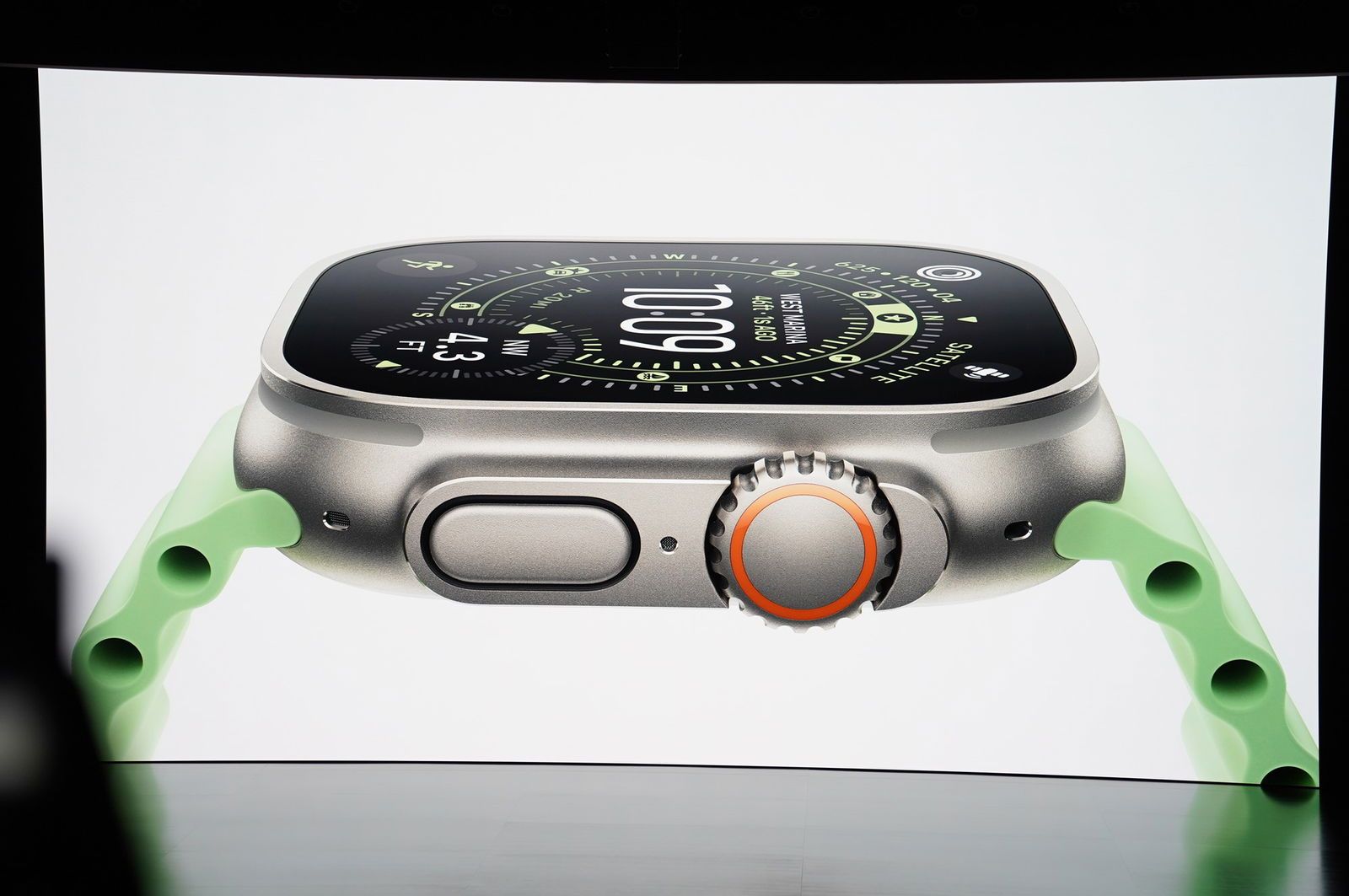Apple just dropped the Apple Watch Ultra 3 with a game-changing 42-hour battery life and satellite connectivity. The $799 premium smartwatch now includes 5G, blood pressure monitoring, and a bigger display - signaling Apple's push to dominate the high-end wearables market ahead of competitors like Samsung and Garmin.
Apple just made its boldest smartwatch statement yet. The Apple Watch Ultra 3, announced today during the company's "Awe dropping" event, packs 42 hours of battery life and satellite connectivity into the same rugged titanium frame that's made the Ultra line a favorite among athletes and adventurers. But this isn't just about longer battery life - it's about Apple setting the pace in a premium wearables market where every extra hour matters. The new Ultra 3 starts at $799 and hits preorder today, with public availability on September 19th in natural and black titanium finishes. That price holds steady from the Ultra 2, but the feature set tells a different story. Apple is betting that 5G connectivity, satellite features, and health upgrades will keep users locked into the ecosystem rather than jumping to competitors like the Samsung Galaxy Watch Ultra or Garmin's Fenix series. The battery life boost is particularly striking - jumping from 36 hours on the Ultra 2 to 42 hours represents a 17% improvement that could eliminate the dreaded mid-adventure charging break. According to Apple's newsroom announcement, the company achieved this through more efficient processing and power management, though specific chip details weren't disclosed. Health tracking gets a major upgrade too, with the Ultra 3 now monitoring for signs of chronic high blood pressure - a feature that puts it ahead of most fitness-focused competitors. The sleep score functionality rounds out a health suite that's becoming increasingly comprehensive, targeting users who want clinical-grade insights from their wrist. The display changes are subtle but meaningful. While the 49mm case size remains unchanged, the screen now extends closer to the edges, maximizing the viewing area without increasing bulk. This edge-to-edge approach mirrors design trends across Apple's product line and should improve readability during workouts or outdoor activities. But the real story might be what's coming with watchOS 26 this fall. The new operating system introduces an Apple Intelligence-powered "Workout Buddy" that can provide real-time coaching and motivation. This AI integration represents Apple's first major push of its intelligence platform into wearables, potentially changing how users interact with fitness tracking. The Smart Stack gets improvements too, along with a wrist flick gesture for dismissing notifications - small touches that add up to a more intuitive experience. Apple's new Liquid Glass design language, , will also make its way to the platform, creating visual consistency across all Apple devices. Market timing couldn't be better for Apple. The premium smartwatch segment has been heating up, with Samsung pushing its Galaxy Watch Ultra and Garmin maintaining strong positions in outdoor sports tracking. By keeping the $799 price point while adding significant features, Apple is essentially daring competitors to match both the feature set and the ecosystem integration that makes switching difficult. The satellite connectivity deserves special attention - it's not just about emergency features anymore. As satellite networks expand and improve, this could become a key differentiator for users in remote areas or those who need truly global connectivity. Apple hasn't detailed exactly what satellite features the Ultra 3 will support beyond basic connectivity, but the groundwork is clearly being laid for more comprehensive satellite integration. For existing Ultra 2 owners, the upgrade calculus is interesting. The 42-hour battery life alone might justify the switch for heavy users, especially those who regularly do multi-day activities. The health upgrades and 5G add value, but probably not enough to drive mass upgrades unless battery anxiety has been a real problem.
